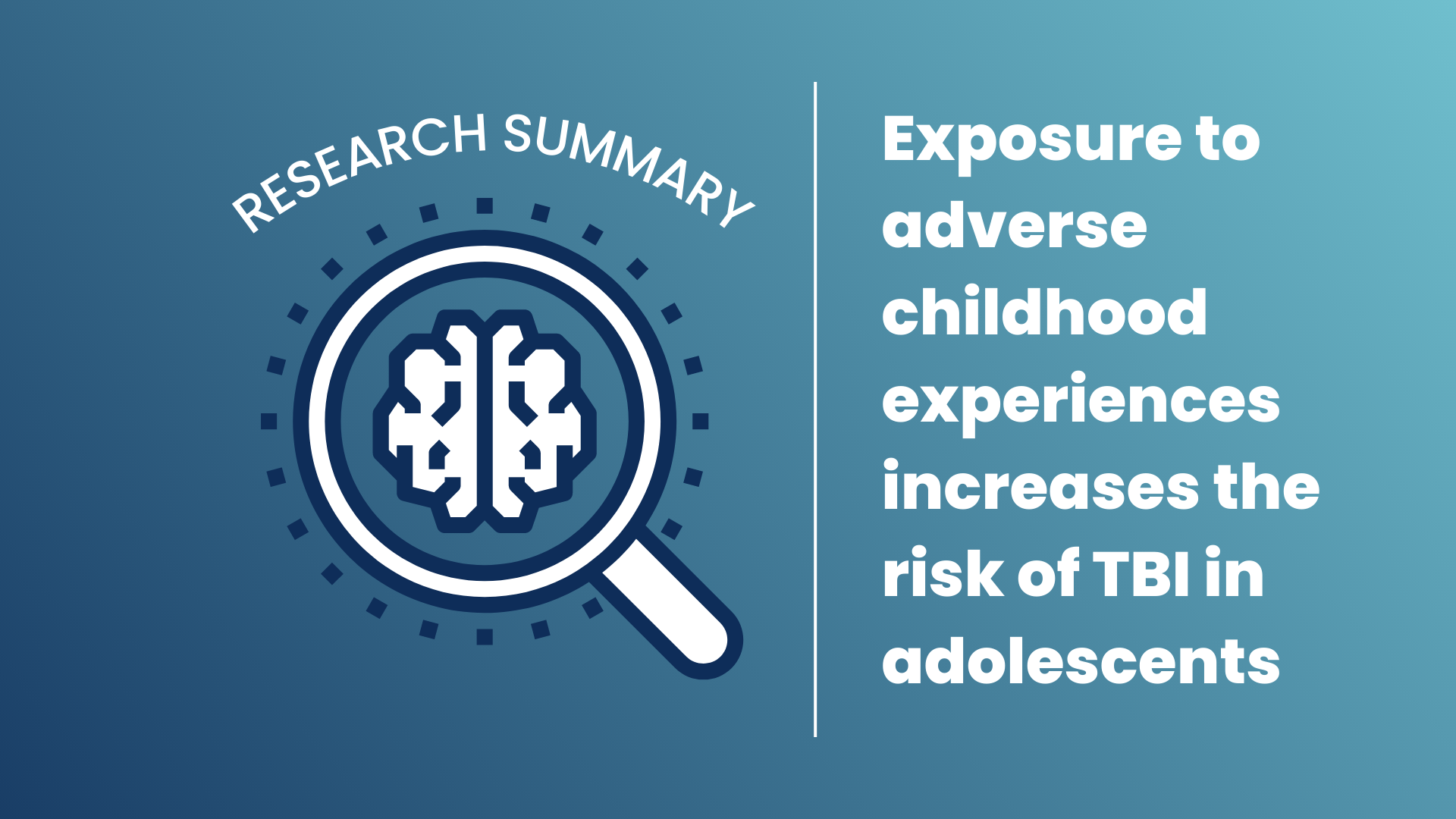
A Little Goes A Long Way
Your gift today is an investment in BrainTrust services that improve the lives of those with brain injury.
Donate Today


Adverse Childhood Experiences (ACEs)
Traumatic brain injury (TBI) is associated with poor health outcomes, such as depression, PTSD, criminal behaviour, and victimization
ACEs increase the likelihood of risk- (e.g., driving fast, criminal behaviour) and sensation-seeking behaviours (e.g., cliff jumping, trying new activities) and related psychiatric conditions that can increase risk for TBI
There is little know about the connection between ACEs and TBIs, particularly among adolescents.
Analyzed data from the 2016-2018 National Survey of Children’s Health in the US
They measured:
TBI is more common among youth experiencing each of the ACEs
The risk of current TBI is increased by:
Exposure to ACEs causes a greater increase in risk for current moderate-severe TBIs
The relationship between ACEs and TBI is greater for youth who are not involved in sports
For adolescents with 4+ ACEs who are not involved in sports, ADHD and conduct problems contribute to the increased risk for TBI
As ACE exposure increases, likelihood of experiencing a TBI increases
Interventions targeted at reducing ACEs through support for families and youth will likely reduce the risk of sustaining a TBI as well
Youth with known exposure to ACEs should be screened for TBI to ensure early identification of TBI and timely access to supports
Professionals working with TBI survivors should be aware of the increased risk of ACE exposure and should adopt trauma-informed approaches to care
Source:
Jackson, D. B., Posick, C., Vaughn, M. G., & Testa, A. (2022). Adverse childhood experiences and traumatic brain injury among adolescents: findings from the 2016–2018 National Survey of Children’s Health. European Child & Adolescent Psychiatry, 1-9.
https://doi.org/10.1007/s00787-020-01687-1
We summarize a recently published research study every week to give you current, evidence-based brain injury information.
Related posts: